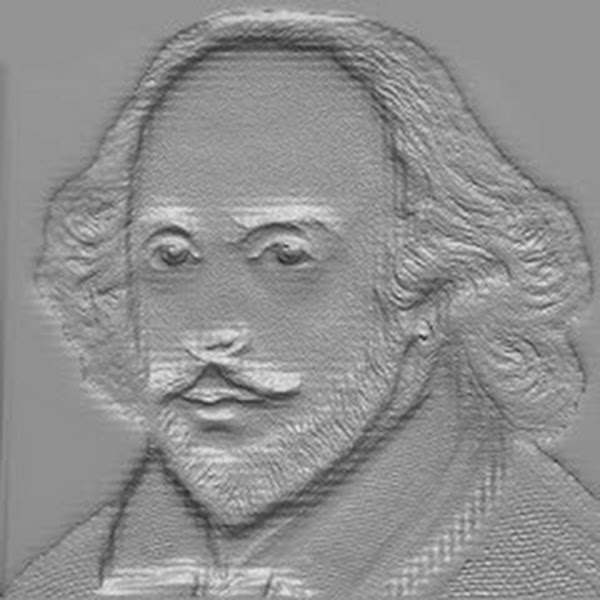Make a comparative study of behaviourist and mentalist theory of L-1 acquisition
Language acquisition means how a child learns his or her first language (L1). Linguists have explained this process in different ways. Two famous theories are the Behaviourist theory and the Mentalist theory. The Behaviourist theory was introduced by B. F. Skinner, and the Mentalist theory was developed by Noam Chomsky. Both tried to explain how children learn language, but their views are very different.
1. Behaviourist Theory
Behaviourist theory says that language learning is like other forms of learning. According to B. F. Skinner, a child learns language through imitation, practice, reinforcement, and habit formation.
The theory believes that a child hears sounds from parents and other people. Then the child tries to copy those sounds. When the child makes correct sounds, adults praise or reward them. When they make mistakes, they do not get praise. So, the child keeps repeating correct words and slowly forms habits.
This idea is based on stimulus and response. When a child hears a word (stimulus), the child responds by repeating it. Skinner said, “Verbal behavior is behavior reinforced through the mediation of other persons.” It means language develops when others respond positively to a child’s speech.
Behaviourists believe that the mind is like a blank page. Language habits are built step by step through experience. The theory focuses on the environment. It says that language is learned through external influences.
Main Features:
- Learning is a result of imitation and repetition.
- Reinforcement helps the child remember correct forms.
- Errors are not encouraged because they may become bad habits.
- Environment plays the main role in learning.
Example: A child hears the word “milk” again and again. Then the child says “milk” when thirsty. Parents give milk. The child understands that saying “milk” gets the drink. The habit becomes stronger.
However, this theory faces some limits. It cannot explain how children say new sentences they have never heard before. Children also make creative mistakes like “goed” instead of “went.” These forms are not copied from adults. So, something more than imitation must be working in the child’s mind.
2. Mentalist Theory
The Mentalist theory was introduced by Noam Chomsky. He argued against the behaviourist view. He said that language cannot be learned only by listening and repeating. Instead, children are born with an inborn ability to learn language.
Chomsky said that every child has a Language Acquisition Device (LAD) in the brain. This device helps children understand and produce sentences naturally. It means the human mind already has a universal grammar that guides language learning.
According to Chomsky, “A child’s language develops rapidly because he brings to the task an innate schema for language.” He believed that the child’s brain is prepared to learn any language if given proper input.
The theory says that children can form rules and patterns from what they hear. They do not only repeat. They think and create sentences using the rules they discover. For instance, when a child says “I goed to school,” it means the child has learned the rule of adding “-ed” for past tense, but has not yet learned the irregular form “went.”
The Mentalist theory gives importance to internal factors like mind and reasoning. It believes that environment provides examples, but learning happens inside the mind.
Main Features:
- Language learning is a natural process.
- Children have an inborn ability (LAD) to learn grammar.
- Errors are part of learning because they show rule formation.
- Input is important, but the main process is mental.
Chomsky said, “Language is not learned but grown in the mind.” He compared it with how plants grow when given soil and light. The child’s brain grows language when given input from surroundings.
3. Comparison Between Behaviourist and Mentalist Theory
| Aspect | Behaviourist Theory | Mentalist Theory |
|---|---|---|
| Key Thinker | B. F. Skinner | Noam Chomsky |
| Source of Learning | Environment | Inborn ability |
| Method | Imitation and reinforcement | Mental rule-making |
| Focus | External behavior | Internal process |
| Role of Mind | Passive | Active |
| Errors | Bad habits | Signs of learning |
| Creativity | Not explained | Fully explained |
| Grammar | Learned from outside | Comes from inside |
| Speed of Learning | Step by step | Rapid and natural |
Behaviourists think a child learns like a parrot. Mentalists believe a child learns like a thinker. Behaviourism depends on outside practice. Mentalism depends on mental ability.
The Behaviourist theory sees language as habit formation through imitation and reward. It values the environment. The Mentalist theory sees language as innate ability guided by internal grammar. It values the mind.
Both theories help understand different sides of learning. Behaviourism explains how practice and correction help language growth. Mentalism explains how creativity and structure come from the brain.
Today, linguists believe that both environment and mental capacity work together. A child listens, practices, and also uses the brain to build grammar. So, language learning is not only mechanical nor purely mental. It is a blend of both.
 CSP
CSP